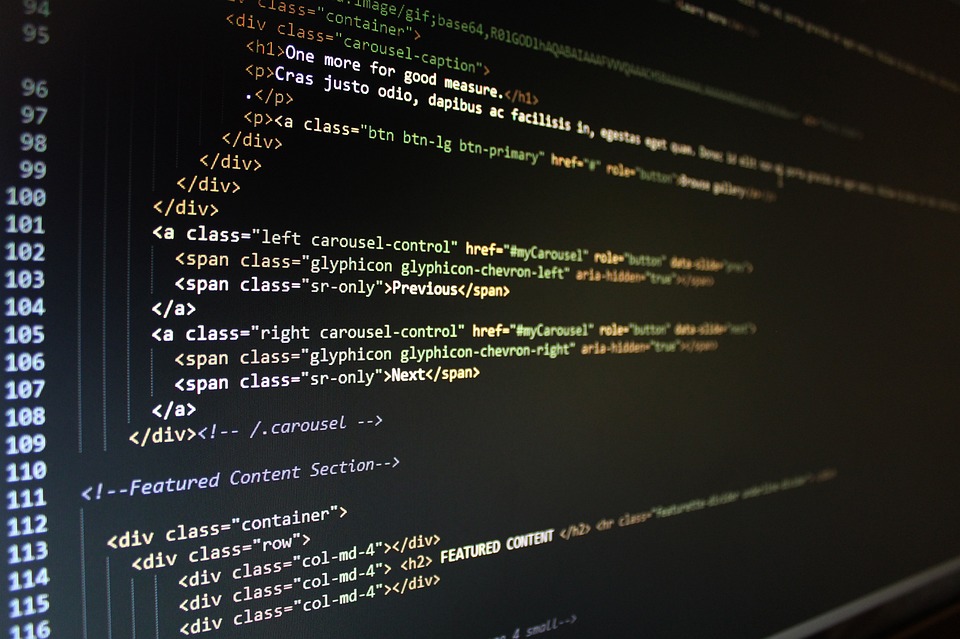In the ever-evolving landscape of web and mobile application design, creating a captivating user experience is paramount. One of the most effective ways to engage users and elevate the overall experience is through Motion UI development. By integrating animations and transitions thoughtfully, designers can create interactive environments that not only look appealing but also feel intuitive and responsive. In this blog post, we’ll explore the significance of animations and transitions in user engagement and highlight popular frameworks like Motion UI and GreenSock that can help developers bring their visions to life.
The Importance of Animations and Transitions
Enhancing Usability
Animations serve a practical purpose beyond aesthetics; they enhance usability by guiding users through the interface. A well-designed transition can help users understand the relationship between different elements on the screen. For instance, a button that smoothly fades into a new state indicates that a process is in motion, providing feedback that is crucial for user understanding.
Creating Emotional Connection
Animations add a layer of personality to applications. From playful micro-interactions to elegant transitions, incorporating movement can create an emotional bond with users. This engagement is not just cognitive; it influences how users feel about their interactions with your app, fostering a sense of delight and satisfaction.
Encouraging Exploration
When users are presented with a dynamic interface, they are more likely to explore. Motion UI elements can guide users towards important features or highlight actions through visual cues. Subtle animations can provoke curiosity, urging users to interact more deeply with the application’s content.
Storytelling
Animations and transitions can also be used effectively in storytelling. Just as a film uses cuts and transitions to lead viewers through a narrative, web applications can orchestrate animations to present information in a digestible manner. By employing animations to unveil information step by step, you can keep users engaged and enhance comprehension.
Notable Frameworks for Motion UI Development
Motion UI
Motion UI is a responsive front-end library that makes it easy to create CSS transitions and animations. It’s powerfully integrated with Sass, allowing developers to create complex animations without extensive coding.
Key Features:
- Pre-built Animations: Motion UI comes with a collection of pre-built animations that can easily be applied to your elements, saving time and effort.
- Parameter Customization: You can adjust and control timing and easing functions, allowing animations to feel natural within the context of your application.
- Responsive Design: With a focus on mobile-first design, Motion UI is built to scale, ensuring that animations remain seamless across various devices and screen sizes.
GreenSock (GSAP)
GreenSock (GSAP) is another powerful framework for creating high-performance animations in JavaScript. It is known for its speed and simplicity, making it a favorite among developers for creating complex animations with ease.
Key Features:
- Performance Optimization: GSAP is optimized for performance across different browsers and devices, ensuring smooth animations without lag.
- Timeline Control: With GSAP, developers can control sequences of animations and keyframes, allowing for intricate storytelling through movement.
- Compatibility: GSAP works seamlessly with all JavaScript frameworks and integrates easily into applications, making it a versatile choice for developers.
Best Practices for Motion UI Development
-
Keep It Subtle: While animations can enhance user engagement, overdoing them can lead to distraction. Aim for subtle transitions that complement the user experience rather than overwhelming it.
-
Prioritize Performance: Ensure that your animations do not compromise the performance of your application. Use hardware acceleration and minimize repaints to keep interactions smooth.
-
Test on Multiple Devices: Different devices interpret CSS and JavaScript animations differently. Always test your animations on multiple devices to provide a consistent user experience.
-
Stay User-Centric: Always consider whether the animations you introduce serve a purpose for the user. Your goal should be to enhance interaction, not to showcase flashy effects.
- Optimization and Compression: Focus on optimizing resources, such as images, to ensure that your animations load quickly and smoothly, contributing to an overall better user experience.
Conclusion
Motion UI development is a powerful tool for enhancing user engagement. By leveraging animations and transitions, developers can create interfaces that not only capture user interest but also facilitate interaction and convey meaning. Frameworks like Motion UI and GreenSock provide the resources and flexibility needed to implement these animated experiences effectively. Embracing motion in your interfaces can lead to a more satisfied and engaged user base, ultimately driving the success of your application. So, are you ready to incorporate motion into your UI? Let the journey begin!




